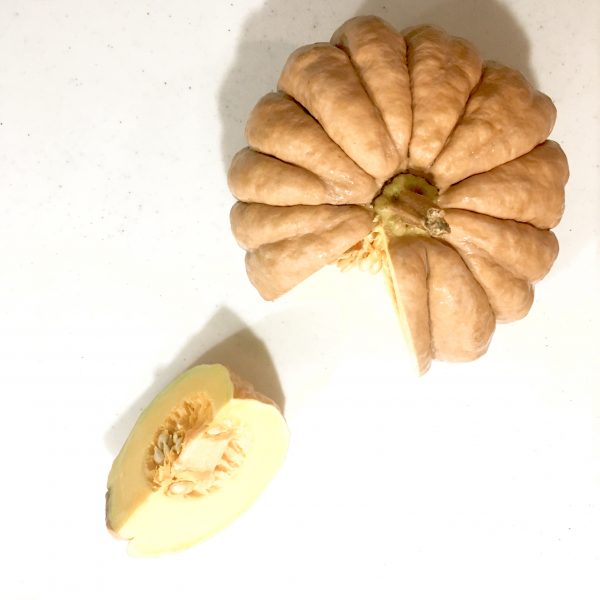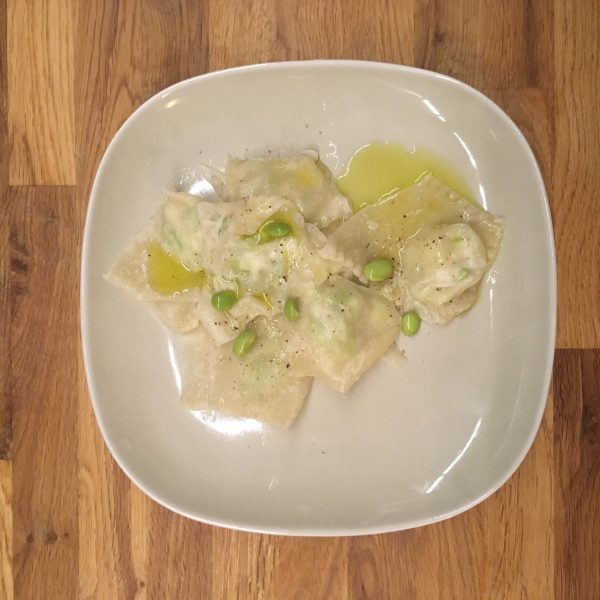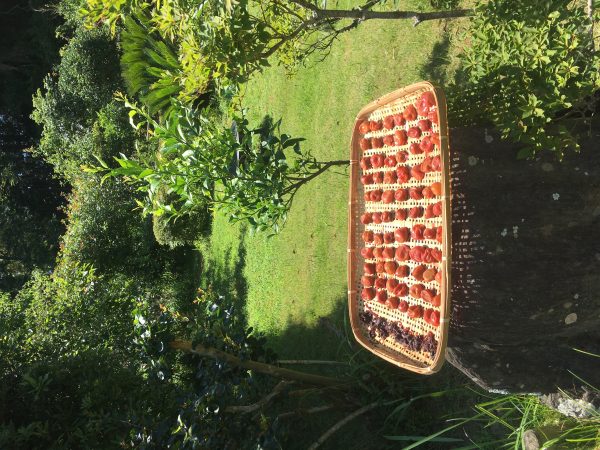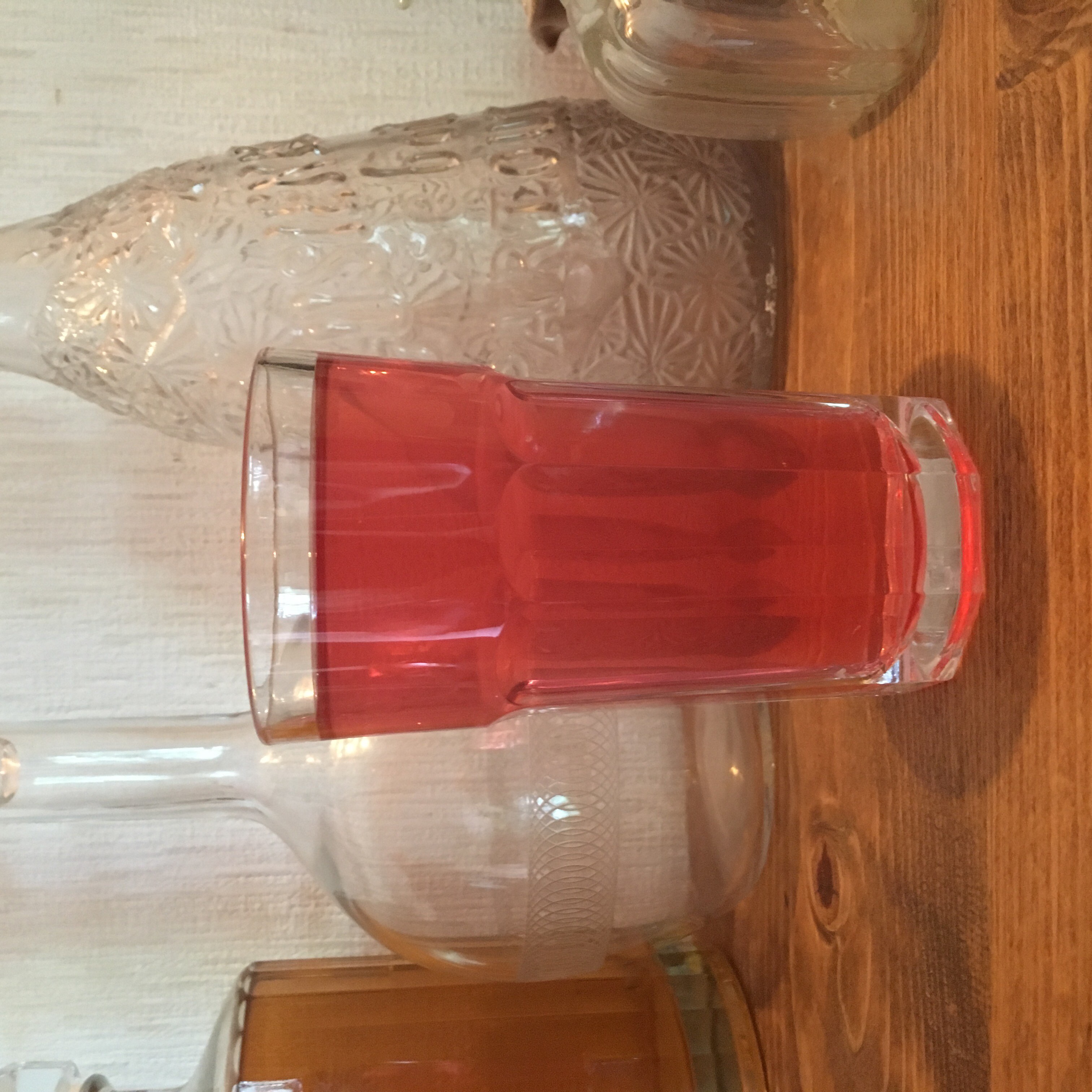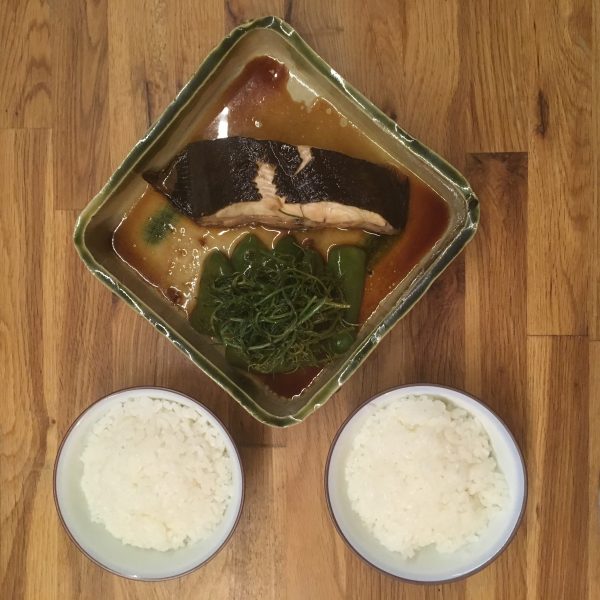Halloween doesn’t inspire me much for cooking. Too much colors, disgusting appearance… I am not a fan at all and I must say that looking at my IG feed these days was not very attractive. Hopefully it’s passed now… None the less the orange pumpkins and the sweetness of their taste is something that I love, though in Japan we don’t really have the giant pumpkins of North America, we have our little Japanese kabocha all the same delicious, while different in texture.
A Japanese kabocha though rather small is usually something that is big enough to be used for 3 or 4 meals… so when I ended with 1/3 of kabocha that needed to be eaten, I decided to make a pumpkin pie. But since we don’t eat much sweets… except when I flip crepes!! I made a savory and spicy pie. I knew it would be good, but what I didn’t expect is that it would be scrumptiously addictive!!! So… here is my recipe and let me know how you liked it!!
Savory kabocha pie
– 1/3 kabocha
– 25cl of milk
– 2 eggs
– cinnamon, cardamom, nutmeg, salt, pepper
– 50g of whole wheat flour
– 80g of white hard flour
– 4tbs of rice oil
– water
Wash the kabocha, remove the seeds, and a bit of the skin if you find hard spots. Cut in large cube and boil until very soft. Drain.
In the meantime in a bowl mix the flours, the oil and add water little by little while kneading until the dough is soft and smooth. Roll to the size or your pie dish and set.
Turn on the oven to 180deg.
Go back to your kabocha. With a fork mash it, add the milk and the eggs, stir then add the spices to your liking. Stir again. Pour in the pie crust and bake for 45min. Enjoy!!!

